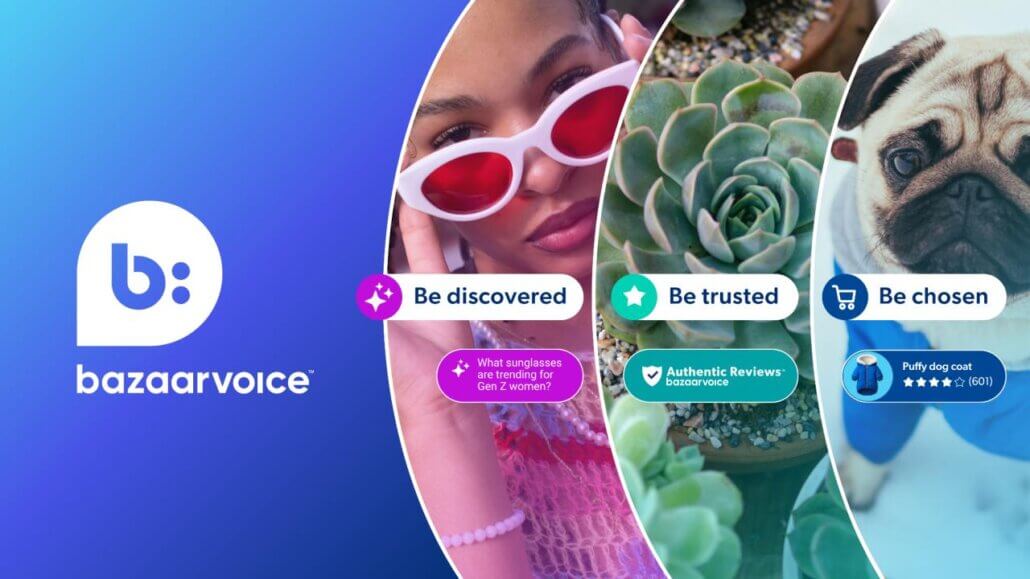July 17, 2025
Remember those simpler times, just a few years ago, when a brand’s word was largely taken at face value? When a well-placed ad or a glossy product shot was enough to seal the deal? Those days are a faded memory. Today, a significant shift is redefining the very foundation of commerce: consumer trust.
We’re in the midst of an authenticity crisis, and if you’re a leader in brand, digital, or e-commerce, you’re living it every day. Regulatory bodies like the FTC are stepping in, with brands now facing fines of up to $50,000 per deceptive review read by consumers.
If you’re not actively proving your trustworthiness, you’re not just losing relevance,you’re losing money.
Here are seven brutal truths about today’s authenticity crisis and why visible proof of trust is no longer optional.
1. Shoppers trust other shoppers more than brands
Imagine a bustling marketplace. Who do you trust more: the vendor shouting praises about their own wares, or the satisfied customer whispering a recommendation to a friend? Online, that friend is every other shopper. We’ve entered an era where the collective voice of the crowd drowns out even the most polished brand messaging.
8 out of 10 consumers see user-generated content and creator content as essential parts of their shopping journey. Additionally, nearly half of shoppers (47%) find user reviews on retailer websites the most influential content when researching products online, highlighting the crucial role of ratings, the UGC content recency, and UGC volume.
Takeaway: Your customers are your most powerful storytellers. Empowering their voices, or prioritizing them over brand hype, can create a credible narrative impacting consumer trust in e-commerce.
2. Fake reviews are killing conversions
A shopper lands on your product page, excited, ready to buy. They scroll to the reviews, hoping for reassurance, only to find comments that feel…off. Too many five star reviews, too perfect, this is the imapct of fake reviews.
A staggering 75% of consumers are concerned about encountering fake reviews when shopping online. Nearly all shoppers (97%) say fake reviews make them lose trust in a brand. Consumers are also quick at spotting them: 56% suspect fake reviews due to multiple reviews with similar wording, 53% when the content doesn’t match the product, and 36% when there’s an overwhelming number of five-star ratings or positive review.
Takeaway: If UGC loses its authenticity, it loses its value, threatening the very foundation of online commerce. Protecting your review integrity builds consumer trust and is a direct driver of revenue.
3. Gen Z’s are seeking realness
Gen Z’s have grown up with curated feeds and filtered realities. Developing an uncanny ability to spot anything that feels manufactured or overly polished. This highlights Gen Z brand authenticity as a core demand.
According to Shopper Preference Report 2025 shows that younger shoppers (18-34) are more likely to scrutinize a creator’s connection with brands and their interaction with audiences. Notably, 56% of 18-34 year olds have purchased a product primarily due to an influencer/creator recommendation. This age group also has the highest interest in innovative shopping experiences like AR/VR with 22% actively seeking it and 28% curious about it.
Takeaway: This demographic embraces transparency therefore let your genuine brand personality — and your real customers — be your guide.
4. Illusion of trust due to tech advancements
The rapid advancement of AI-generated content, from written reviews to synthetic images, is blurring the lines between real and fabricated. This creates a new layer of skepticism for consumers creating AI generated content trust issues.
The latest Holiday Headquarters 2025 insights reveal a 13-point decline in shoppers who are “unbothered” by AI-generated social posts, falling from 33% in 2024 to 20% in 2025. Furthermore, 38% of consumers are less likely to purchase from brands using AI-generated content. 40% of shoppers believe AI cannot have a genuine touch at all, and more than one-third (35%) believing AI cannot authentically capture the holiday spirit. AI-written product reviews top the list of specific concerns for shoppers (29%).
Takeaway: Brands must find ways to visibly signal that their content and interactions are genuinely human-backed, prioritizing transparency about how reviews are sourced and verified.
5. UGC only works if it’s verified
User-generated content (UGC) is gold, but only if it’s credible. Imagine a customer scrolling through UGC, only to question if it’s legitimate. If there’s no clear sign of verification, those photos could be stock images, and those raves could be from bots. Clearly, we need UGC verification.
65% of shoppers consider user-generated content important. This is especially true for Gen Z, with 80% considering it essential, though its importance declines with age. Overall, 6 in 10 shoppers are likely to make a purchase based on UGC. However, to ensure authenticity, 50% of holiday shoppers check for a balance of positive and negative reviews, and 42% examine reviews closely to see if they look human-written. A significant 26% also look for a third-party symbol of authentication, like a Trustmark.
Takeaway: The power of UGC lies in its trustworthiness. Without a robust verification process, your UGC strategy is a house of cards.
6. Consumers trust looks for signs of authenticity
Building consumer trust online can be achieved through authenticity. They are actively seeking out visible cues like a trustmark that a brand is trustworthy.
Over two-thirds (66%) of consumers said they’d have confidence in a “trust signal” (like a symbol or a checkmark). A resounding 70% of consumers would trust an industry-leading, third-party authentication provider to verify the trustworthiness of content for all the sites they visit. Specifically, 59% want only verified customers to be able to post reviews, 49% want daily oversight of content to weed out fake reviews, and 40% want websites to publish their review process or third-party verification methods.
Takeaway: Authenticity is the evergreen marketable asset. If you have it, flaunt it. Make it easy for your customers to see and believe.
7. The mark of authenticity
Authenticity requires visibility, and as this builds consumer trust, brands are now insisting on third-party verification to make that happen. This is where the Bazaarvoice Intelligent Trust MarkTM comes in.
The Intelligent Trust Mark directly addresses consumer concerns about fake reviews by providing a clear, verifiable signal of authenticity. It signals stronger protection with its shield design and the full Bazaarvoice name, as 73% of consumers trusted third-party validation even if they didn’t know the specific company providing it. It’s a powerful statement of your dedication to pioneering the highest industry standards, especially considering clients found to be non-compliant with authenticity standards can face hefty fines, potentially up to $50,000 per review, per view. Moreover, 79% of brands support outsourcing authenticity verification, and we have even rejected 2 million fraudulent reviews in the last 12 months alone.
Takeaway: We have been at the forefront of content authenticity for over a decade, and our commitment is now stronger than ever with the introduction of the Intelligent Trust Mark.
Ready to transform skepticism into sales?
Learn how the Bazaarvoice Intelligent Trust MarkTM can visibly demonstrate your commitment to authenticity and build unshakeable consumer trust.





